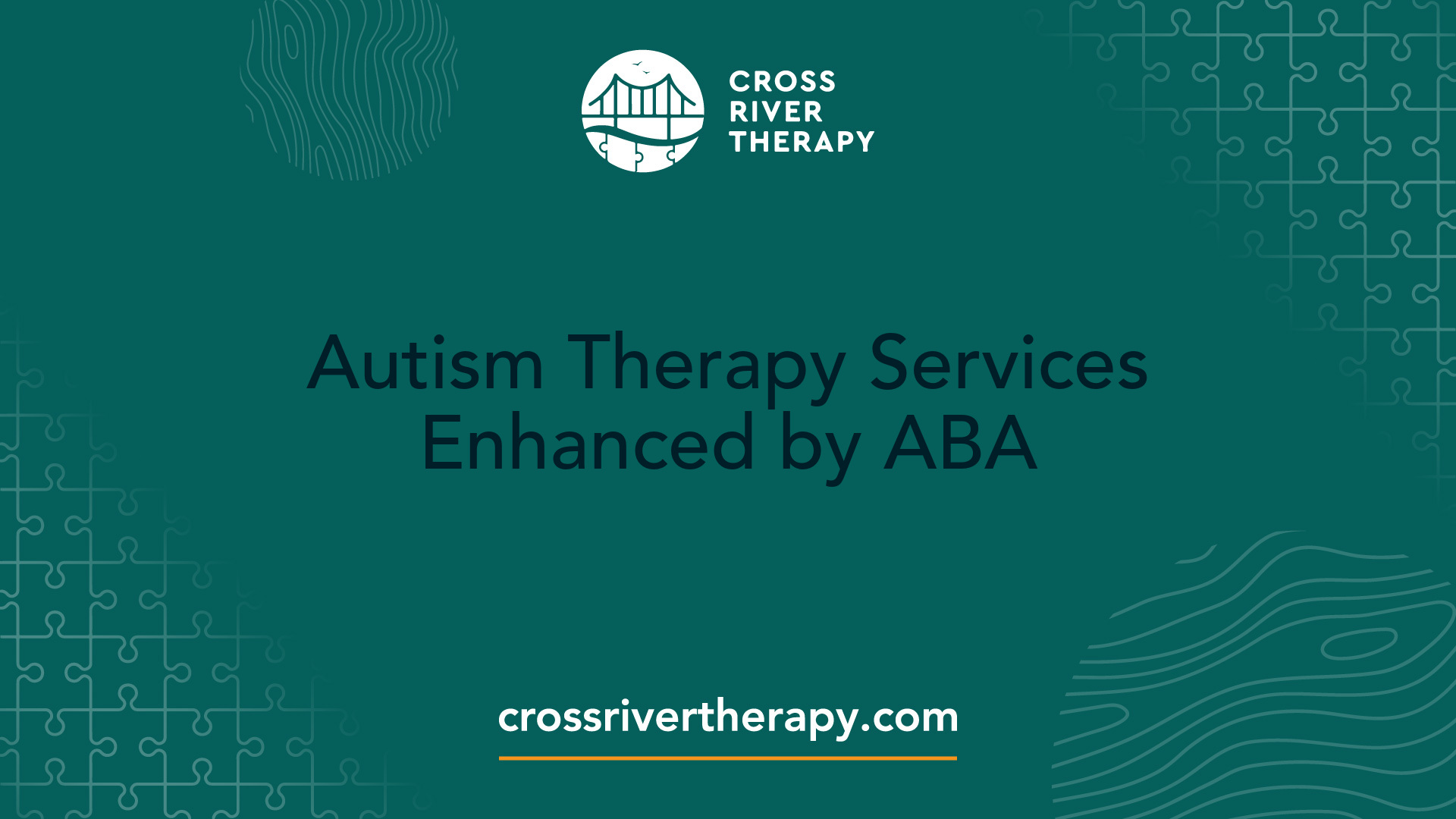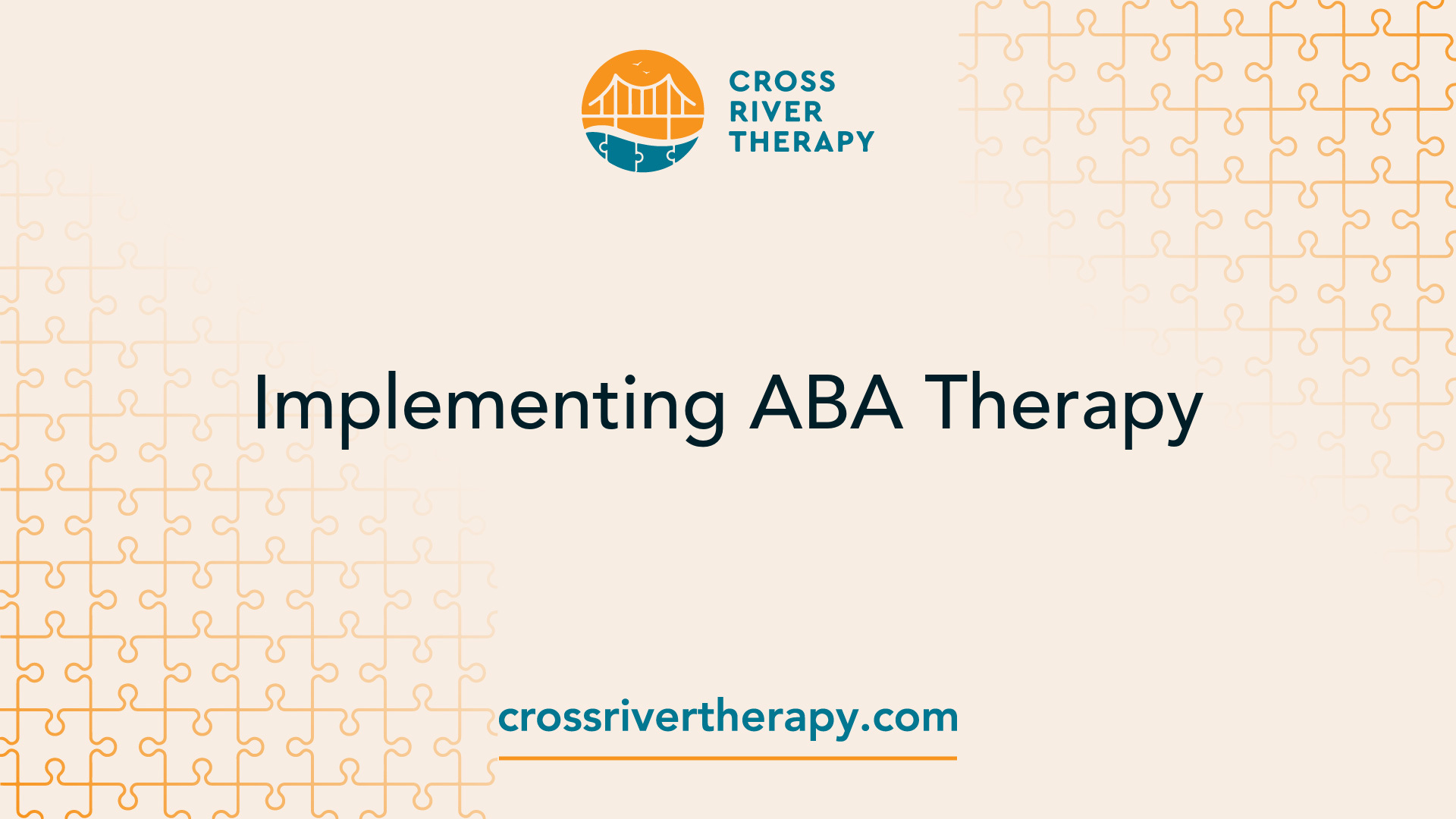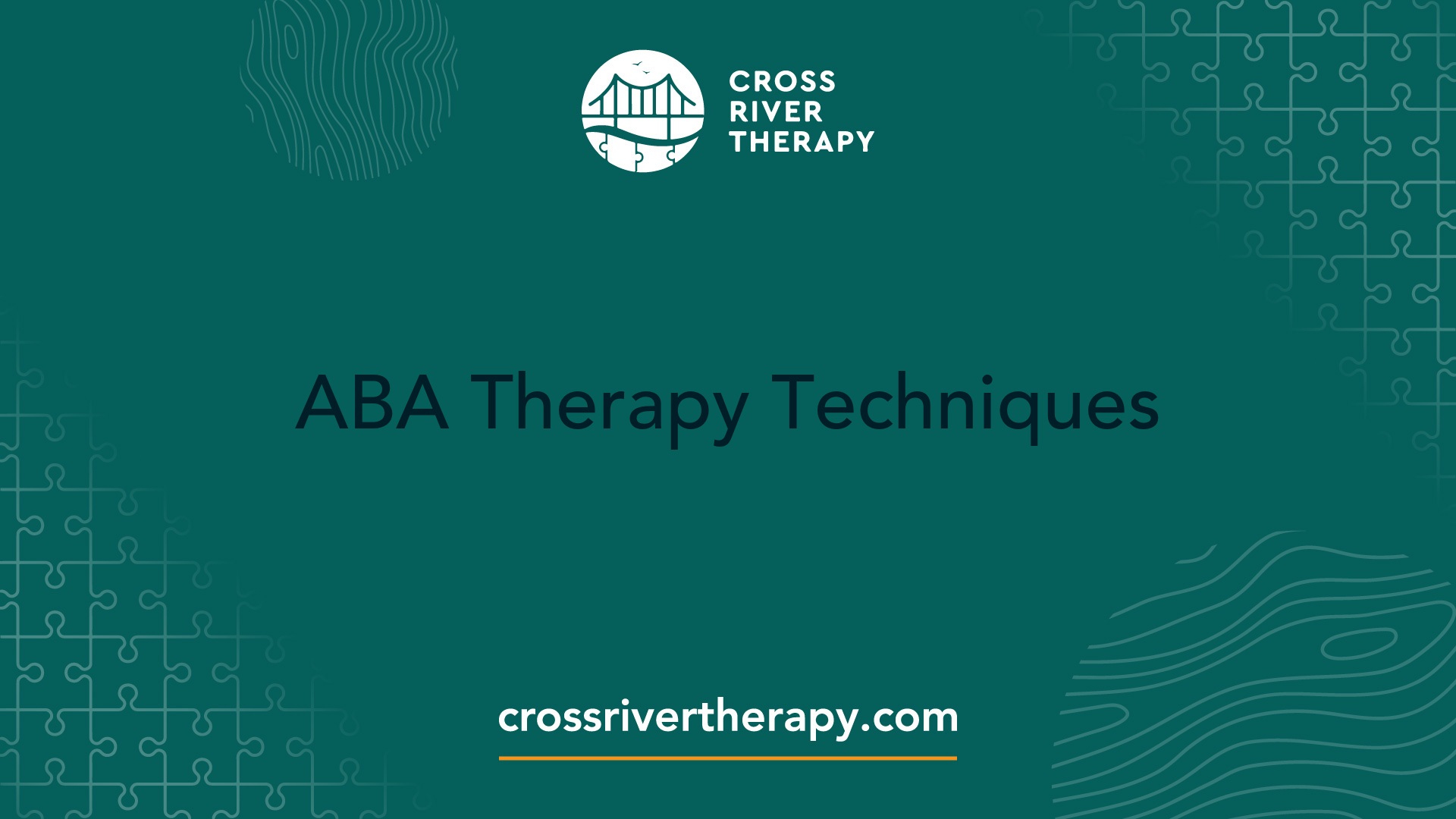Autism Therapy Services Enhanced by ABA
Discover how ABA therapy for autism therapy services can enhance your child's skills and boost their growth!

Understanding ABA Therapy
The Basics of ABA Therapy
ABA therapy, or Applied Behavior Analysis, is a method focused on teaching skills and behaviors to children diagnosed with autism. It is a highly customizable approach, allowing therapists to tailor strategies to meet the needs of each individual child. This therapy uses a combination of functional and behavioral techniques to enhance various life skills, from social interactions to daily living abilities. ABA can be administered in different settings, including at home, in schools, or at specialized autism centers.
Key areas addressed by ABA therapy include:
Skill AreaDescriptionSocial SkillsEnhancing interaction with peersCommunicationImproving verbal and non-verbal communicationDaily Living SkillsTeaching personal hygiene, grooming, and other self-care tasksAcademic SkillsSupporting learning and educational successEmotional SkillsDeveloping emotional regulation and understanding
Effectiveness of ABA Therapy
ABA therapy is recognized as an evidence-based best practice treatment for autism by major health organizations, including the US Surgeon General and the American Psychological Association. Research shows that more than 20 studies indicate significant improvements in outcomes for many children with autism who undergo intensive and long-term ABA therapy [(Autism Speaks].
This therapy has been shown to positively impact various aspects of a child's development, including improvements in intelligence, language use, and social functions. It effectively teaches essential skills, as demonstrated since the mid-1980s, contributing to its growth as a favored behavioral intervention for children on the autism spectrum [2].
ABA therapy is designed to be individualized, meaning that programs can be adjusted to suit the specific symptoms and needs of each child. This targeted approach ensures that children receive the most appropriate support to enhance their development.
Exploring ABA therapy further can help parents find the best support systems for their children. Parents can learn more about services by checking out links for aba therapy for autism behavioral services or aba therapy for autism health programs.
Implementing ABA Therapy

ABA therapy for autism therapy services is implemented with a focus on customization and appropriate treatment duration. This approach ensures that therapy is tailored to each child's unique needs.
Customization for Each Child
ABA therapy is highly customizable for each child diagnosed with autism. This therapy teaches a wide range of skills and behaviors through a combination of functional and behavioral learning methods. Therapists adapt strategies based on the individual child’s strengths, challenges, and interests. This customization can occur in various settings including home, school, or an autism center.
Through this tailored approach, ABA therapy can effectively address communication, social interaction, and behavioral concerns. Behavioral analysts trained in ABA can detect and address symptoms of autism early, leading to a quicker rate of recovery, especially in young children [3].
Treatment Duration and Frequency
The effectiveness of ABA therapy is significantly influenced by the treatment duration and frequency. A child with autism typically requires a minimum of ten hours per week for treatment to be effective. Most often, children receive around 15 to 40 hours of ABA therapy weekly. Research shows that this level of intensive therapy results in greater and longer-lasting cognitive improvements compared to other therapeutic methods.
Treatment DurationRecommended Hours/WeekExpected OutcomesMinimum Effective Treatment10 hoursBasic skills and improvementTypical Treatment Range15 - 40 hoursGreater cognitive improvements and skill acquisition
ABA-based interventions are widely recognized as the most effective therapies for individuals diagnosed with autism spectrum disorder (ASD), making it crucial to determine the right amount of therapy for each individual. By understanding the need for customization and adequate treatment frequency, parents can work with professionals to develop an optimal therapy plan for their child. For more information on specific programs and services, please explore our links on aba therapy for autism behavioral services, aba therapy for child behavioral programs, and aba therapy for behavioral analysis programs.
ABA Therapy Techniques

ABA therapy employs various techniques to help children with autism spectrum disorder improve their behavior and acquire essential skills. Two foundational techniques in ABA therapy are positive reinforcement and behavioral learning approaches.
Positive Reinforcement
Positive reinforcement is a fundamental strategy in ABA therapy. This technique encourages the recurrence of desired behaviors by following them with rewards. When a child completes a task correctly or meets a specific goal, a reward is provided. This process helps instill positive behaviors over time.
By using positive reinforcement, ABA therapy equips children to adapt more easily to social situations they may find challenging. For example, when a child successfully interacts with a peer, receiving praise or a small reward can encourage them to continue engaging positively in social settings. These rewards can be tangible, like stickers or small toys, or intangible, such as praise or extra playtime.
BehaviorRewardCompleting a taskSticker or praiseCorrectly following instructionsExtra playtime
Behavioral Learning Approaches
Behavioral learning approaches within ABA therapy focus on teaching specific skills through structured training and practice. These approaches are effective for teaching a variety of skills, including communication, social interactions, and self-help abilities. Research indicates that ABA therapy can significantly improve intelligence, language, and social functions in children with autism.
Children often learn social skills by observing adults or peers and practicing those behaviors in a supportive environment. Activities such as games or team sports can also be integrated into therapy, as they provide natural opportunities for children to engage with their peers. While some children may learn social interactions directly through role-playing scenarios, others may benefit indirectly through activities that promote social engagement.
For parents interested in pursuing ABA therapy for their children, various programs can be tailored to meet specific needs. Exploring options such as ABA therapy for autism behavioral services and ABA therapy for child behavioral programs can provide insights into suitable approaches for their unique situations.
Professional Involvement in ABA
Effective ABA therapy for autism therapy services relies on the expertise of trained professionals who guide children through their therapy journey. Two key roles in this process include certified behavior analysts and therapists or technicians.
Certified Behavior Analysts
A board-certified behavior analyst (BCBA) is the professional responsible for designing and overseeing ABA therapy programs. The BCBA possesses advanced knowledge and skills in child, general, and developmental psychology, which are essential for tailoring therapies to meet the unique needs of each child. To achieve this certification, analysts must pass exams administered by the Board of Certified Behavior Analysts. Clinics often prefer candidates with a strong background in psychology, which enhances their ability to understand and effectively implement interventions tailored for children with autism.
BCBAs not only create customized programs but also actively monitor a child's progress throughout the therapy. Their expertise is instrumental in detecting and addressing symptoms of autism early on, leading to improved outcomes, particularly in younger children [3].
Roles of Therapists and Technicians
Alongside BCBAs, therapists and registered behavior technicians (RBTs) play crucial roles in delivering ABA therapy. These professionals work directly with children, implementing the plans designed by the BCBA. They undergo specific training and are supervised by the BCBA to ensure high-quality service delivery.
RoleResponsibilitiesBoard-Certified Behavior Analyst (BCBA)Designs and oversees therapy programs, monitors progress, ensures compliance with best practices.Registered Behavior Technician (RBT)Implements therapy plans, collects data on progress, provides direct support to children.
RBTs focus on applying the principles of ABA in everyday scenarios, helping children practice new skills in real-life contexts. Their training ensures they understand the fundamentals of behavior analysis, equipping them to effectively support children with autism in achieving their goals.
The collaborative work of BCBAs, therapists, and technicians creates a cohesive environment in which children can thrive. For more information on various programs available through ABA therapy, check out aba therapy for autism behavioral services or aba therapy for child behavioral services.
Benefits of ABA Therapy
ABA therapy has been recognized for its substantial positive impact on children diagnosed with autism. This section focuses on two significant areas of improvement that children often experience: cognitive enhancements and the development of social and emotional skills.
Cognitive Improvements
Children with autism who engage in ABA therapy frequently demonstrate noteworthy cognitive advancements. Research shows that a minimum of ten hours per week is required for effective results, with many receiving 15 to 40 hours. Those undergoing intensive therapy for periods of one to three years exhibit remarkable progress in cognitive functions such as language acquisition and problem-solving skills.
Hours of Therapy per WeekTypical DurationCognitive Outcomes10 hoursMinimumInitial improvements15-40 hours1-3 yearsSignificant progress in cognitive function25-40 hours1-3 yearsLong-lasting cognitive benefits
Social and Emotional Skills Development
ABA therapy plays a crucial role in helping children develop essential social and emotional skills. Many children learn to engage in social interactions through direct teaching, while others may gain social skills by participating in activities, such as sports, that promote peer engagement [7]. By focusing on enhancing communication abilities, emotional regulation, and interpersonal interactions, ABA therapy prepares children for better social integration and emotional well-being.
The benefits of ABA extend to improving various aspects such as:
Early and intensive intervention through ABA can dramatically enrich a child's ability to socialize and communicate. By focusing on these essential life skills, parents can see considerable growth in their child's development.
For parents interested in exploring ABA therapy options, resources such as ABA therapy for autism behavioral services and ABA therapy for autism health programs offer valuable information. These programs are designed to support children in achieving their full potential through targeted interventions and skilled support.
Criticisms and Controversies
ABA therapy has been a subject of discussion within the autism community, particularly concerning its historical applications and the need for evolving techniques. Understanding these criticisms helps parents make informed decisions regarding ABA therapy for autism therapy services.
Historical Concerns
Concerns regarding ABA therapy often stem from its historical practices and methodologies. In the past, some high-profile behavior analysts, such as Ivar Lovaas, utilized punitive measures that included harsh disciplinary methods like electric shock and spanking. These practices have raised questions about the potential for trauma and negative effects that can arise from punishment-based interventions [4].
While research shows that numerous ABA-based interventions are effective and evidence-based, criticisms highlight a need for reform in how these practices are implemented. Autism rights advocates and neurodiversity activists have called for a more compassionate approach that prioritizes the emotional well-being of individuals diagnosed with autism spectrum disorder (ASD). The goal is to transition away from rigid, one-size-fits-all protocols that do not address individualized needs.
Evolving ABA Interventions
In light of these criticisms, the ABA landscape is shifting towards more progressive practices. Behavior analysts are increasingly encouraged to focus on enhancing positive reinforcement-based strategies and to provide more tailored, flexible interventions. This evolution promotes the use of naturalistic contexts that respect the individuality of each child rather than enforcing a strict adherence to predetermined protocols.
Recent initiatives advocate for incorporating individualized techniques that prioritize the child's unique strengths and needs. Suggested changes include fostering environments where children can thrive through engagement and meaningful interaction, moving away from punitive measures to positive reinforcement methods. Such enhancements aim to improve intervention quality while ensuring the mental and emotional well-being of those receiving treatment.
The ongoing dialogue surrounding ABA therapy is essential for addressing past concerns and enhancing the quality of interventions available to families seeking support. Parents can learn more about positive practices in ABA therapy by exploring the various ABA therapy for autism behavioral services that align better with their child's needs.
References
[2]:
[3]:
[4]:
[5]:
[6]:
[7]:
[8]:



